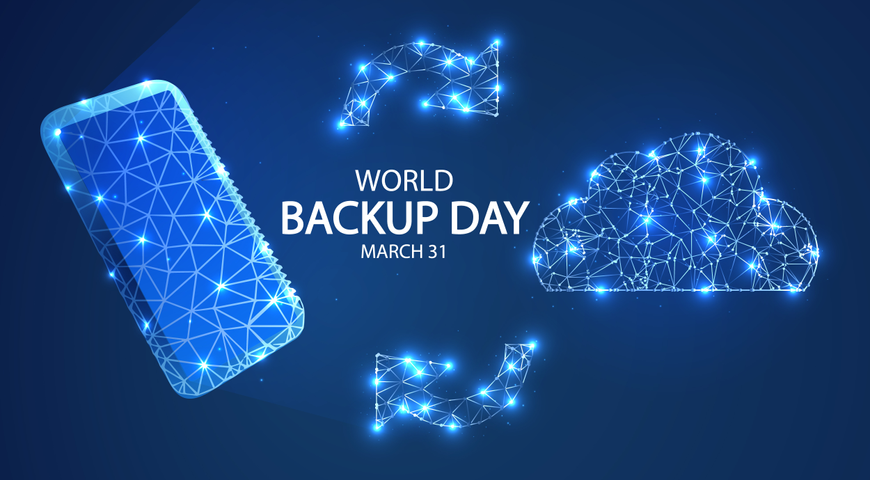Many businesses that lose access to their data never reopen their doors. Even when businesses lose some data but avoid a total outage, their employee productivity, customer satisfaction, and company reputation can plummet. This means that service providers have a moral obligation (in addition to their profit motive) to make sure that their customers have a well-structured business continuity plan.
Business continuity is the process of making sure business information services are resilient enough to withstand accidental, intentional, or natural disruptions to their data. Sometimes, the business continuity issue is simply human error – someone deletes a key file from a system, causing it to break. Other times, device failures and even natural disasters will necessitate the launch of a business continuity plan.
For service providers helping business customers build out business continuity plans and disaster-proof their operations, there are four key considerations to keep in mind:
1. Where are the company’s weak points?
First, make sure you thoroughly understand the customer’s entire IT infrastructure to determine where the weak points are. Perhaps there are many mobile employees using remote endpoint devices, tablets, and smartphones, or public cloud is being used in the stack. What makes up that stack will help determine what the business continuity plan needs to take into account.
2. What’s the maximum acceptable data loss and total outage time?
A second consideration is the relative impact on their business if information is lost or inaccessible for a period of time. The more time, money, and effort put into a customer’s business continuity plan, the sooner you will be able to recover a system.
If a system is mission critical, there should be a plan in place whereby the data can be re-established in just a few minutes. Some of the most rapidly responsive products on the market today can use a virtualized environment to recover an image in a matter of minutes.
3. How complex are the system dependencies?
Third, consider how the business’ systems are tied together. If there are a lot of dependencies, the business continuity plan you develop will need to take this into account. It’s important that when systems are coming back online, the business continuity plan has runbooks that bring the systems up in a reliable order. This enables employees to get back to work quickly. For an extra layer of protection consider adding Acronis Backup Cloud and Acronis Disaster Recovery Cloud to your MSP service portfolio. These products ensure that systems, and entire data centers, can be brought back online — even during a complete failure.
4. Is your plan clearly defined and documented?
Finally, the business continuity plans you develop for your customers’ have to be written and internally distributed. Invariably, disruptions will occur when the key employee who created the plan is sick, gone for the day, or on vacation. A documented business continuity plan eliminates this risk and ensures that you will have demonstrated value throughout your customers’ entire organization.
Your plan must include all of the necessary steps for recovering each and every system in the IT stack, including an overarching plan for the entire data center. It should always be accessible and employees in every business window should be thoroughly trained on how to implement it. Moreover, these plans should be tested regularly and key employees should be able to demonstrate they can perform them independently.
READ MORE:
About Acronis
A Swiss company founded in Singapore in 2003, Acronis has 15 offices worldwide and employees in 50+ countries. Acronis Cyber Protect Cloud is available in 26 languages in 150 countries and is used by over 21,000 service providers to protect over 750,000 businesses.



